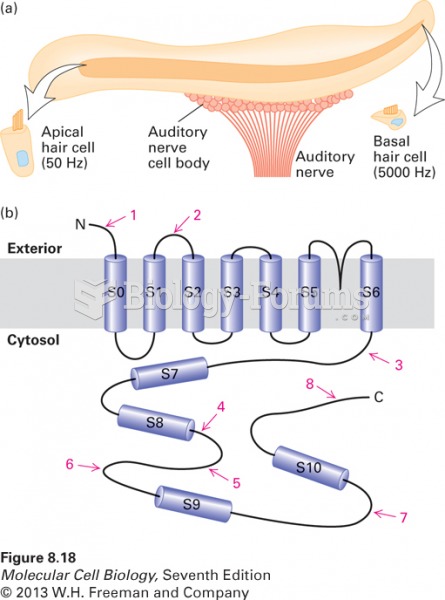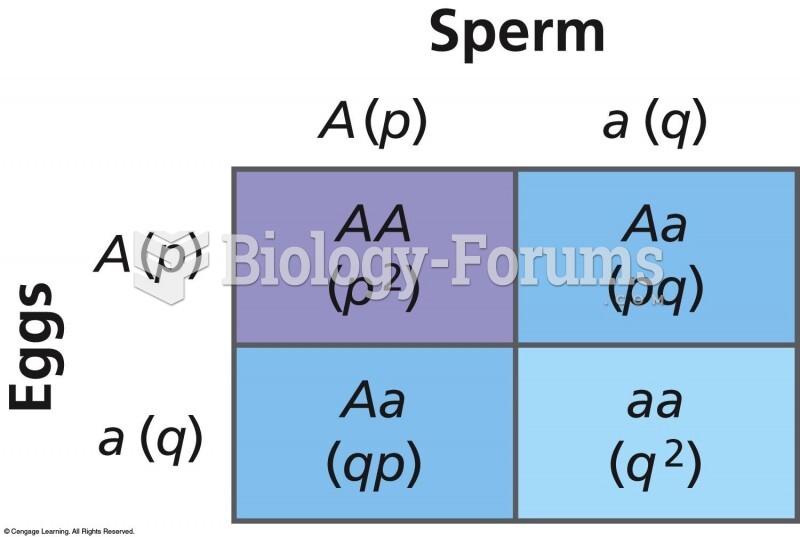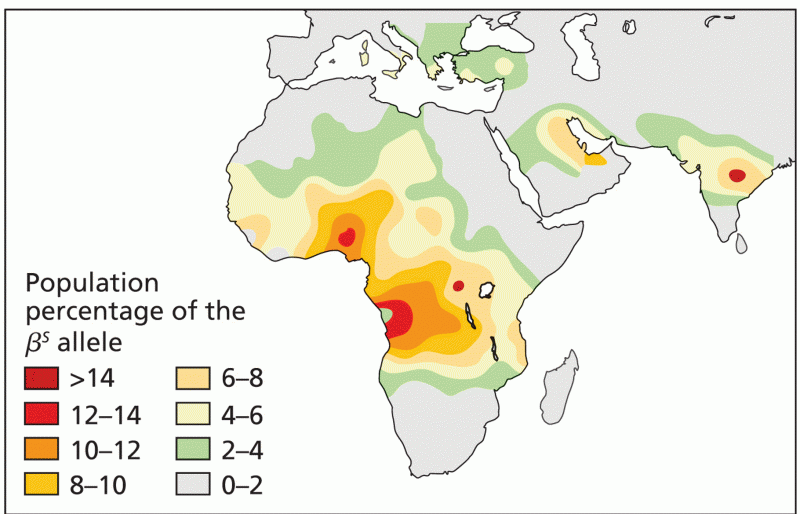|
|
|
The National Institutes of Health have supported research into acupuncture. This has shown that acupuncture significantly reduced pain associated with osteoarthritis of the knee, when used as a complement to conventional therapies.
Patients who have been on total parenteral nutrition for more than a few days may need to have foods gradually reintroduced to give the digestive tract time to start working again.
People about to have surgery must tell their health care providers about all supplements they take.
The immune system needs 9.5 hours of sleep in total darkness to recharge completely.
Recent studies have shown that the number of medication errors increases in relation to the number of orders that are verified per pharmacist, per work shift.
 Frequency diagrams of skin colors. (a) Skin color distribution in the parents falls into two discont
Frequency diagrams of skin colors. (a) Skin color distribution in the parents falls into two discont
 The frequency of aneuploidy changes dramatically over developmental time. Between 6 to 8 weeks and 2
The frequency of aneuploidy changes dramatically over developmental time. Between 6 to 8 weeks and 2





